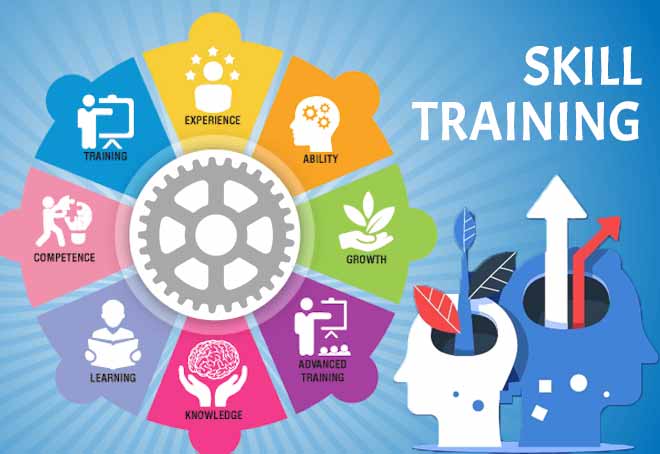How One IAS Officer Transformed a Dilapidated Building into a Skills Training Centre for Tribal Students
Taking Inspiration from the Community
When Manuj Jindal first joined as IAS in Gadchiroli district of Maharashtra, he took it upon himself to understand the local tribal communities. He visited many villages on his bike and met with tribal families in their homes. During these interactions, he was deeply impressed by the artistic talents of the tribal people. They had an incredible ability to craft beautiful objects using natural materials like bamboo, wood and brass in a sustainable way. This artistic spirit of the community inspired Manuj to think of novel ways to empower them.

Discovery of an Opportunity
While exploring the area, Manuj came across an old and run-down Tehsildar building lying abandoned. He realized that with some renovation, this building could be transformed into a hub of learning traditional tribal arts and crafts. As the dilapidated structure was in a government compound, it had the potential to be developed into a full-fledged training facility. Manuj decided to take up the challenge of converting this eyesore into an opportunity for the tribal youth.
Renovation Begins
Manuj started the renovation work with the help of a local tribal artist named Suresh Poongati. Suresh has extensive experience in tribal artforms like Dokra art, bamboo crafts and woodworks. He also runs an art centre in Pune catering to tribal artisans. Manuj knew Suresh would be the perfect person to guide the upskilling of tribal artisans at the centre. Under Suresh’s leadership, the old building was repaired, renovated and transformed into a sparkling new facility.
Equipping the Centre
Once the basic infrastructure was ready, the next step was to equip the centre. Manuj ensured provisions for accommodation, food and a stipend for student artisans. Various essential tools, equipment and raw materials for practicing diverse artforms were also arranged. Suresh worked on curating a structured training program focusing on traditional as well as market-oriented designs. The stage was now set for the centre to welcome its first batch of tribal student artisans.
Outreach and Enrollment
Given the remote location and lack of opportunities, it wasn’t easy to attract students initially. Manuj appointed bilingual field managers who could communicate effectively with the tribal communities in their language. These ‘duibhashis’ spoke about the new training centre in different villages. They were able to convince many unemployed tribal youths to enroll for the 6-month courses. This grassroots outreach proved crucial in promoting the centre.
A New Beginning Takes Shape
With 36 enrolled students, the renovated centre commenced its first training batch in January 2020. Ajay Malugawade, a 25-year-old tribal youth from Arewade village, shared his hopes of learning bamboo craft to start an independent business back home. Regular classes, practical sessions, exposure visits and mentorship helped the students hone their skills. Most importantly, they gained the confidence to become self-employed artisans supporting their families and community. Within a short period, the transformed building had become a beacon of hope for the vulnerable tribes of Gadchiroli district.
Sustaining the Momentum
In the following months, Manuj continued to support the centre and monitor students’ progress. He ensured timely funds, addressed issues and organized exhibitions to market the artworks. Engaging with other developmental organizations also helped provide additional resources. Manuj’s vision was to develop the centre into a self-sustaining social enterprise led by the trained tribal artisans. With the able guidance of Suresh, this progressive transition is well underway. The once abandoned building has surely become a harbinger of positive change in the region.
Transforming Lives and Communities
What started as a small renovation initiative under an IAS officer’s leadership has emerged as a inspiring model of community-led development. The Tribal Arts and Crafts Centre demonstrates how marginalized communities can be equipped via vocational training to support their livelihoods. The resplendent facility stands as a symbol of transformed lives and the self-reliance of tribal people. Undoubtedly, Manuj’s visionary project in Gadchiroli sets an exemplary benchmark for more such grassroots interventions across India.
